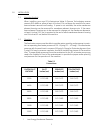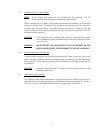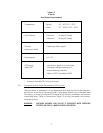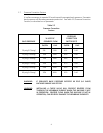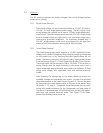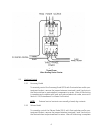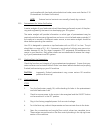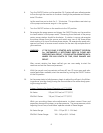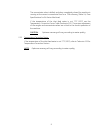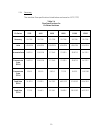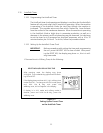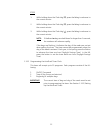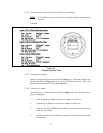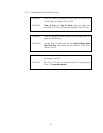
7
and complies with local and national electrical codes, move onto Section 2.10
(Pretreatment for Water Purification).
NO
TE: External control contacts are normally closed, dry contacts.
2.10 Pretreatment for W
ater Purification
A water analysis of your feed water should have been performed, as part of the plan-
ning and engineering that went into developing your RO system.
The water analysis will provide information on what type of pretreatment may be
required and what recovery the machine can be run at on the feed water provided. If
the machine is moved to a different water source, a new water analysis should be
taken before operating the machine.
Your RO is designed to operate on tap feed water with an SDI) of 5 or less. The pH
should be in a range of 5.5 - 8.5. Exposure to any levels of chlorine may cause irre-
versible damage to the Thin-layer composite (TLC) polyamide (PA) membrane ele-
ments in your machine. Daily water checks are recommended to ensure the integri-
ty of your pretreatment and RO system.
2.11 Machine S
tart-Up Preparation
Check the function and integrity of your pretreatment equipment. Ensure that your
water softener and activated carbon filters have been leaked checked and properly
flushed, before starting up your RO machine.
CA
UTION: Improperly flushed pretreatment may cause serious RO machine
problems at start-up.
2.12 Machine S
tart-Up
STEPS
1. Turn the feed water supply ON, while checking for leaks in the pretreatment
and inlet feed water lines.
2. Check to ensure power to the motor is de-energized and the ON/OFF button
on the machine is in the OFF position.
3. Plug in the factory-supplied power for the control voltage.
4. For initial start-up, redirect the permeate and concentrate lines to the drain.
5. Open the concentrate and recycle flow control valves two complete turns.
These valves are positioned on the flow control plumbing in the top right rear
section of the machine.





